No products in the basket.
Solvent Waste Pipe Clip 32mm/40mm/50mm
#1 Best Sellerin Solvent Weld Waste Pipe & Fittings
From £0.42 Excl. VAT
Waste Pipe Clip 32mm/40mm/50mm
*Complies with latest European standards: Fittings to EN1329-1 ; Pipe to EN1566-1 & BS5255:1989
Fast Shipping
All orders are shipped in 1-3 business days.
Secure Checkout
SSL Enabled Secure Checkout
Satisfaction Guarantee
Easy 30-day return policy.
Top Rated Customer Service
We are the highest rated online merchant!


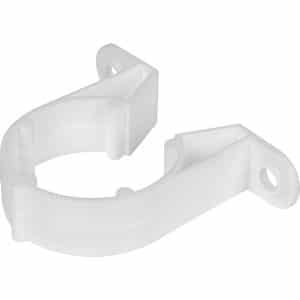
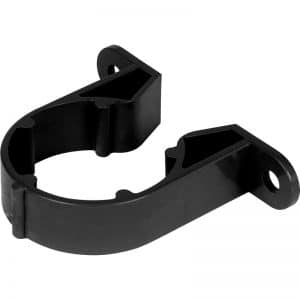
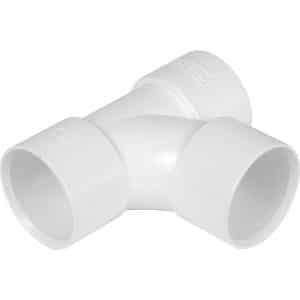
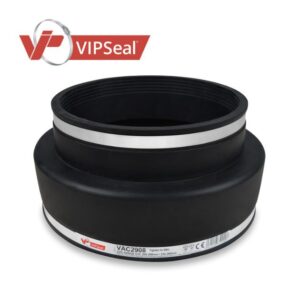
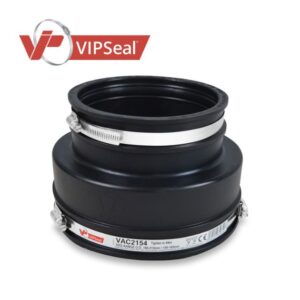
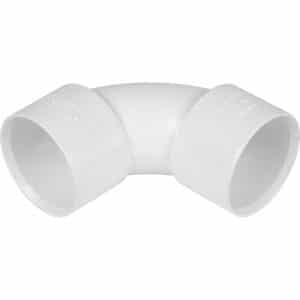
Reviews
There are no reviews yet.